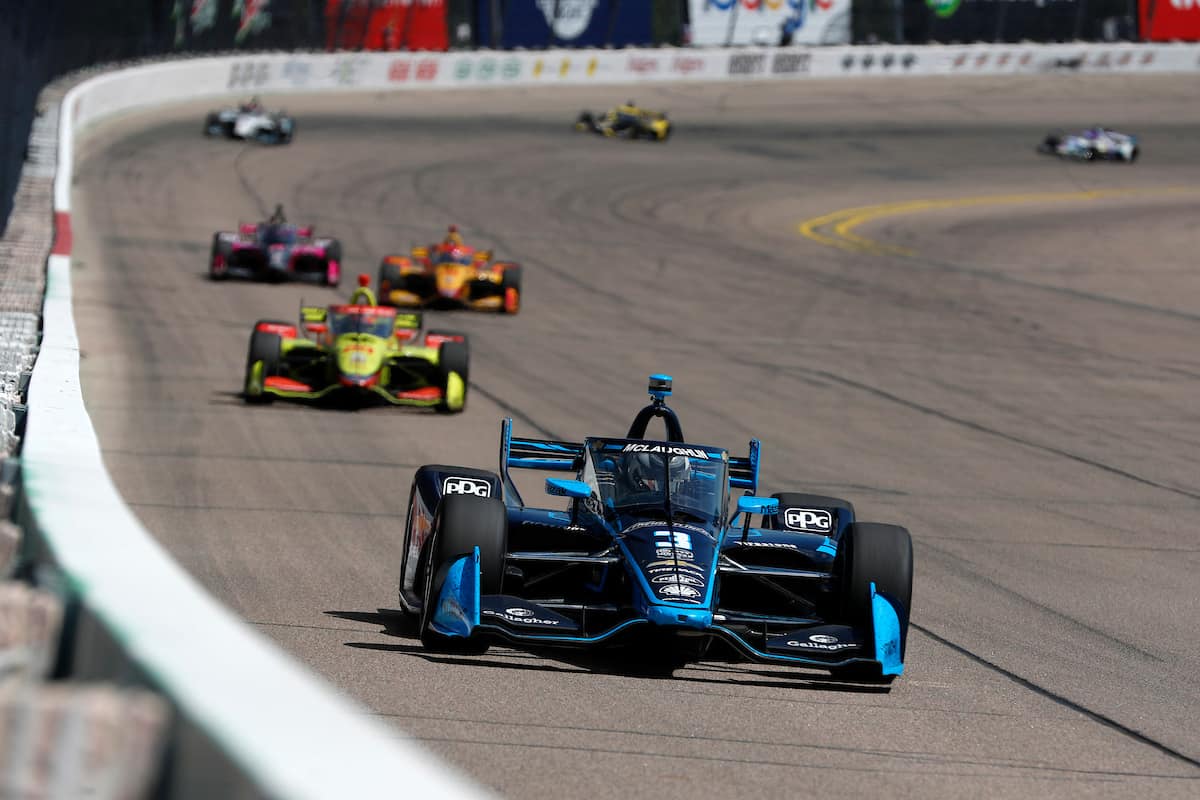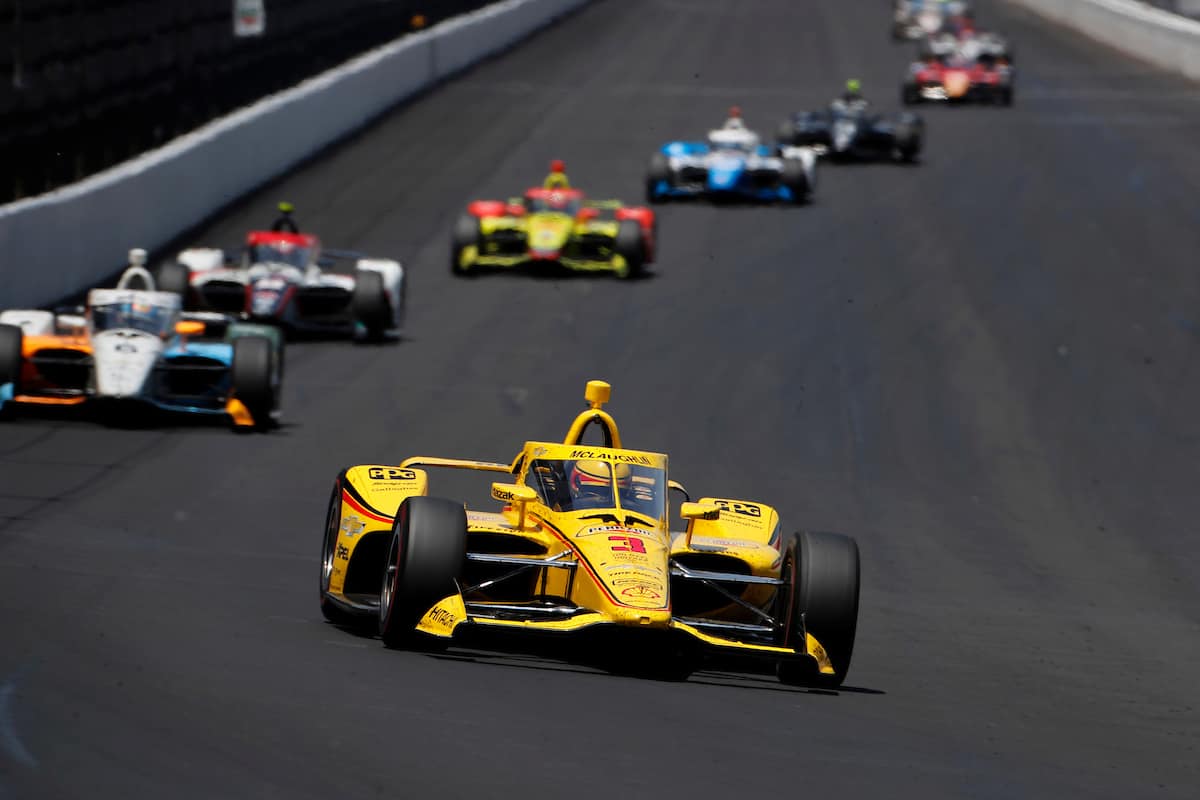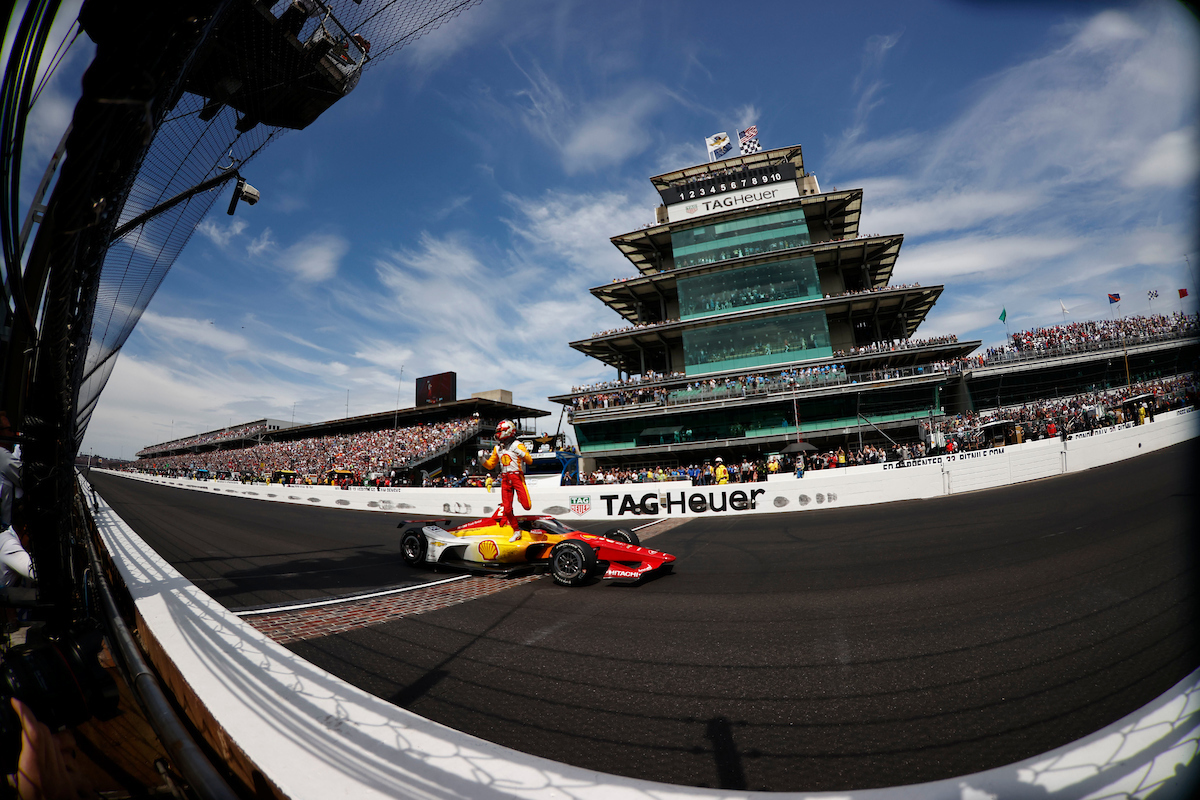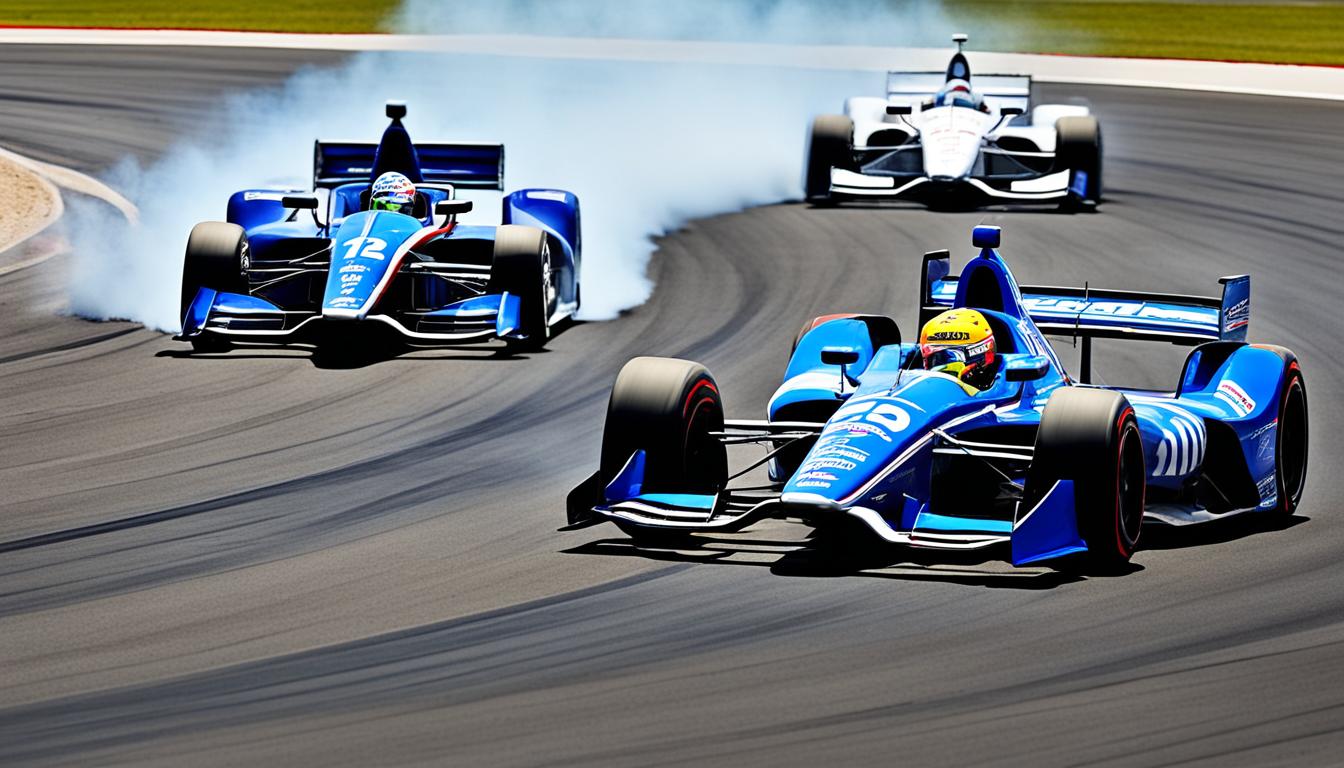Who Makes IndyCar Brakes?
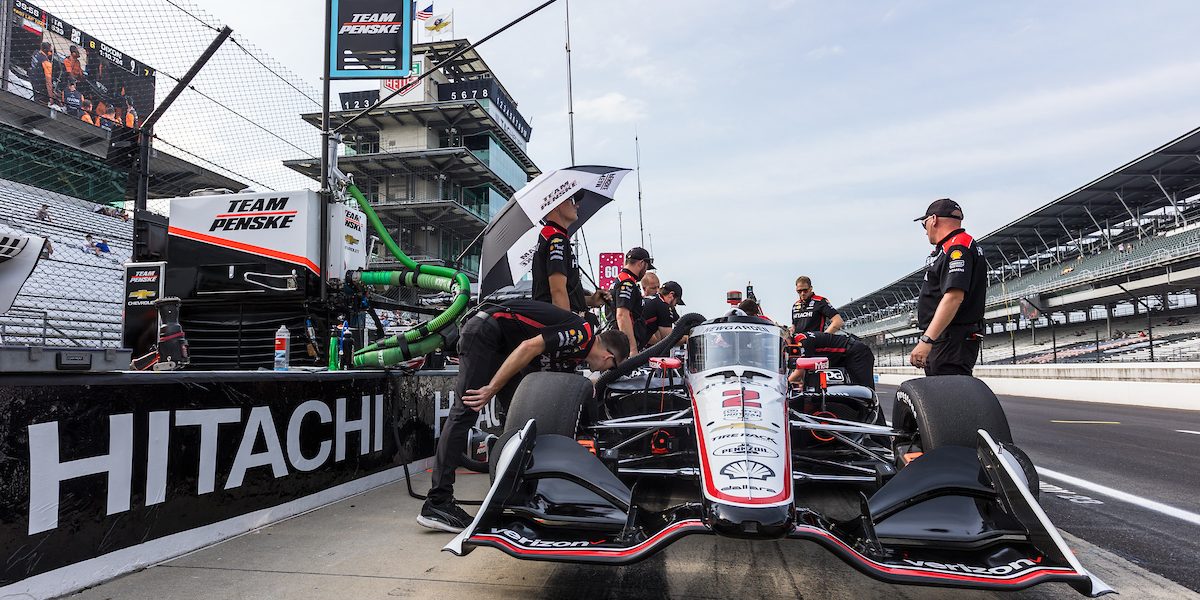
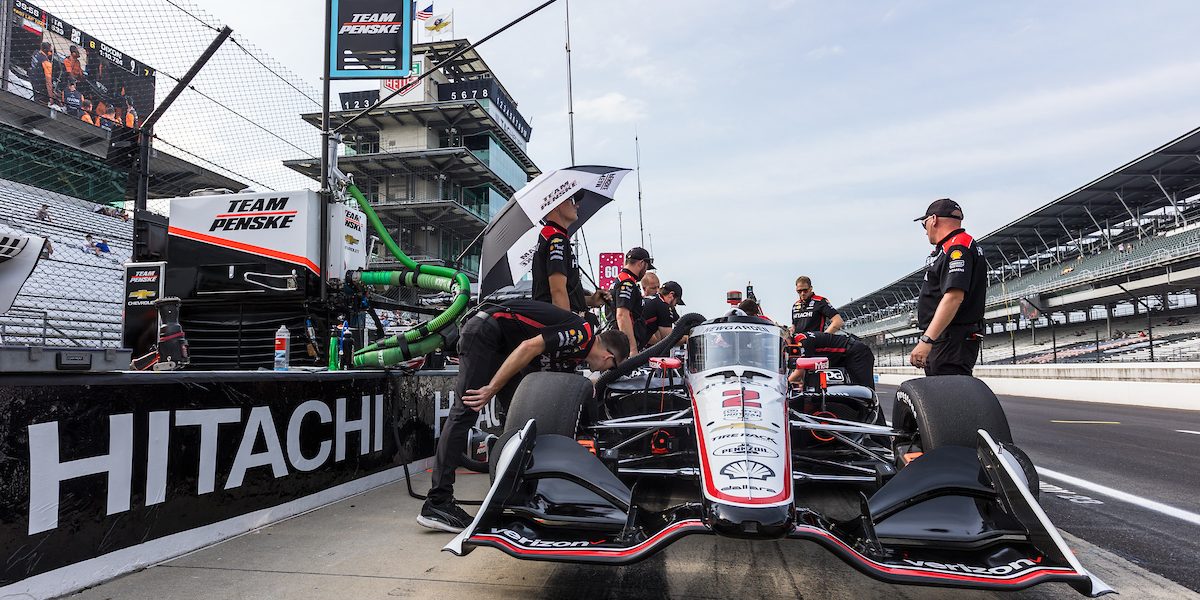
IndyCar, known for its high-speed racing events, relies on advanced braking systems to ensure both performance and driver safety. The brakes used in these race cars are provided by specialized manufacturers with expertise in creating components capable of handling the extreme conditions of competitive racing. Since 2011, Brembo has been a prominent supplier for the IndyCar series, delivering braking systems with distinct features such as 324mm carbon discs and 6-piston monobloc aluminium calipers designed for the intense demands of both oval and road courses.
In more recent years, the Performance Friction Corporation (PFC Brakes) took on the role as the exclusive braking supplier for the IndyCar Series. Starting in 2017, PFC has been supplying brake system components to all the teams, with a focus on providing reliable braking power and optimal performance tailored to the distinct challenges of IndyCar racing. These suppliers play a critical role in the safety and success of the teams and drivers throughout the racing season.
Table of Contents
IndyCar Braking System Overview
IndyCar racing requires highly effective braking systems to manage the high speeds and rapid deceleration. The technology behind these systems and their components play a pivotal role in the performance and safety of the cars on the track.
Evolution of Braking Technology
Braking systems in IndyCar have evolved to meet the demands of high-speed racing. PFC Brakes and Brembo are two significant suppliers that have shaped the design and efficiency of brakes used in the series. The continuous development in material science has led to the adoption of carbon brakes, known for their capacity to withstand extreme temperatures and provide consistent stopping power. Over time, advances in brake technology have been instrumental in improving not just performance but also the safety standards of IndyCar racing.
Components of the Braking System
The main components of an IndyCar braking system include the brake pads, discs, calipers, and ducts. Calipers are typically made from high-strength, lightweight materials like aluminum, and feature multiple pistons for optimal clamping force on the brake pads. The pads, composed of specialized compounds like CER400 carbon, are critical for transforming kinetic energy into heat through friction. Discs or rotors are also constructed from carbon and are engineered for durability and heat dissipation. To manage temperature, an effective cooling system is crucial, often employing air ducts to channel airflow over the discs to reduce heat build-up during races. The consistency of performance across different tracks is achieved by ensuring that the braking system design remains unchanged, whether racing on an oval or a street circuit.
Brake Suppliers and Partnerships
The performance of IndyCar vehicles heavily depends on their braking systems. Two major suppliers, Brembo and Performance Friction Corporation (PFC), have had significant roles in providing these essential components through established partnerships.
Brembo’s Role in IndyCar
Brembo, through its North American subsidiary, has long been associated with motorsports and has supplied braking systems for various racing series. In the context of the IndyCar Series, Brembo has provided carbon brake discs and pads known for their high-performance capabilities. Brembo’s contributions extend to servicing teams during the racing season, including at events like the Grand Prix of St. Petersburg.
Performance Friction Corporation (PFC) Contributions
PFC Brakes became the official brake supplier for the IndyCar series starting in 2017, bringing its specialization in brake system components to the forefront of open-wheel racing. Their partnership with IndyCar involves supplying bespoke brake system components exclusively designed for high-speed competition. Recently, in February 2023, PFC Brakes announced the renewal of their agreement, confirming their status as the official brake supplier for future seasons, demonstrating a strong and ongoing partnership between the two entities.
Braking Dynamics in Races
Controlling speed and maintaining precision around corners is vital for success in IndyCar races. The brake systems play an essential role in how drivers navigate different track types, where every millisecond can affect the championship outcomes.
Challenges on Different Tracks
Oval Tracks:
- Downforce Levels: High downforce is necessary for stability at high speeds.
- Braking Frequency: Braking is less frequent but requires heavy deceleration for pit-stops.
Road Courses and Street Circuits:
- Diversity: These tracks have a mix of high-speed straights and tight turns.
- Airflow and Vents: Airflow is crucial for cooling brakes, affecting their performance during a race.
Track Conditions:
- Temperature: Brakes need to operate within optimal temperature ranges.
- Surface: Varies from track to track, influencing grip and braking efficiency.
Iconic Tracks:
- Indianapolis 500 (Indy 500): High-speed track where efficient braking is critical for safety.
- Streets of St. Petersburg: A street circuit demanding precise braking control.
- Sonoma Raceway: Road course that challenges brake durability and performance.
Importance of Braking in Championship Outcomes
- Decisive Factor: The performance of braking systems directly affects a driver’s ability to compete for podium finishes.
- Consistency: Reliable and consistent brake function is needed across various races and conditions for championship contention.
Brakes are not only about stopping power but also about helping to maintain control through deceleration, which is crucial in championship outcomes.
Technical Specifications and Innovations
In the realm of IndyCar racing, brake systems are essential for performance and safety, requiring innovative solutions and high-quality materials to meet the intense demands of the sport.
Materials and Manufacturing
IndyCar brakes use 324 mm carbon discs, standing out with their larger size compared to Formula 1’s 278 mm discs. The carbon used for both the discs and brake pads ensures efficient heat dissipation, crucial for maintaining braking performance throughout a race. Monobloc aluminum calipers, typically weighing only about 2 kg, are favored for their light weight and strength, each machined from a single billet, reducing the number of potential failure points, and contributing to better heat management.
- Carbon Discs: 324 mm
- Brake Pads: Carbon composition
- Caliper Type: Monobloc aluminum
- Caliper Weight: Approx. 2 kg
- Manufacturing: Machined from billet
Adapting F1 Technologies to IndyCar
While the engineering behind IndyCar brakes borrows from Formula 1 technology, adaptations are necessary due to the unique demands of IndyCar racing. Titanium-radiated pistons are employed to handle the intense friction and temperatures, ensuring consistent braking performance. Unlike F1’s largely road course races, Indy cars also face oval tracks where braking needs differ significantly, necessitating a tailored approach to brake bias and caliper design. The integration of technologies such as paddle-shift gearboxes in Indy cars, a feature derived from high-performance road cars, exemplifies the continuous exchange of ideas and design philosophies between varying levels of motorsport.
- Pistons: Titanium-radiated, for improved temperature resistance
- Braking Demands: Customized for oval and road tracks
- Tech Exchange: Paddle-shift gearboxes from road cars to Indy cars






